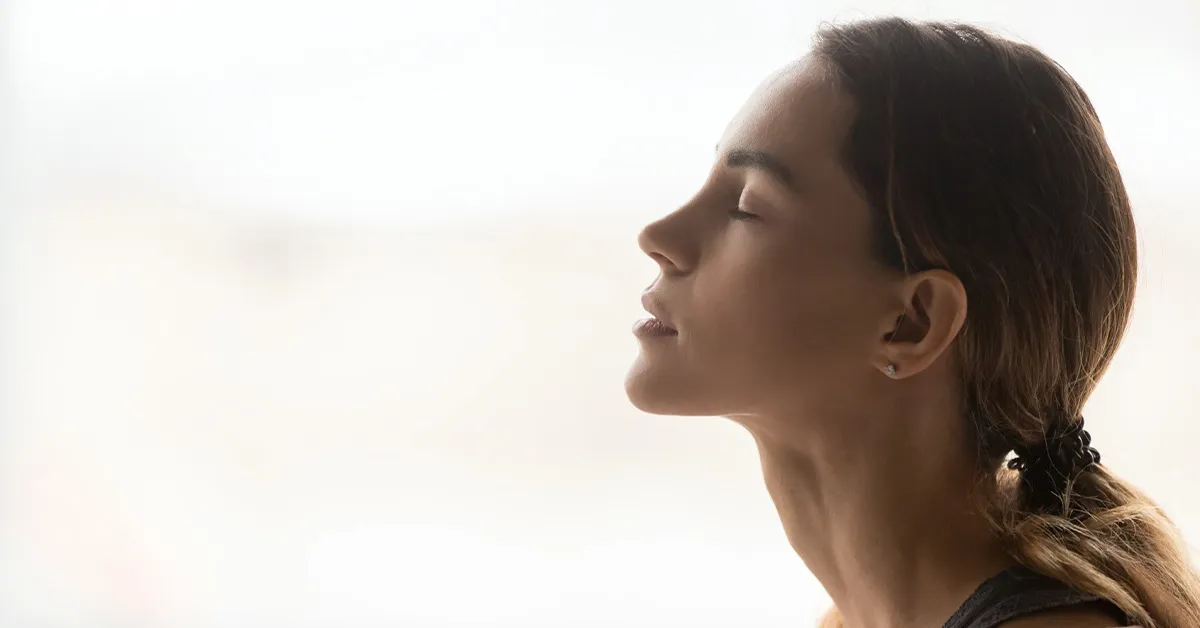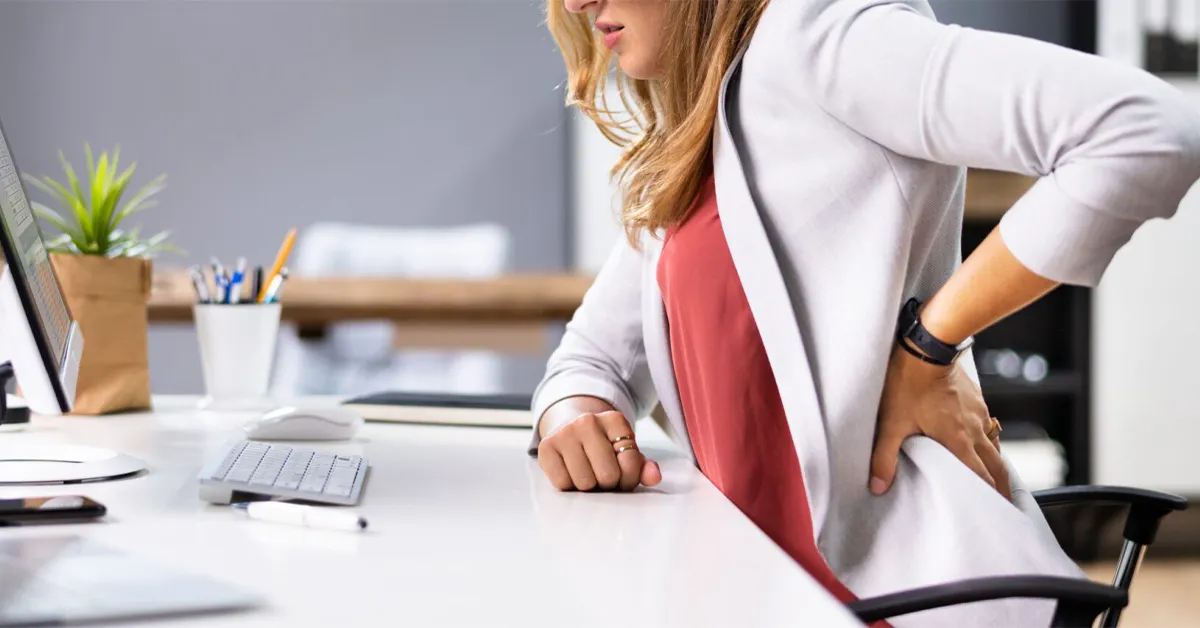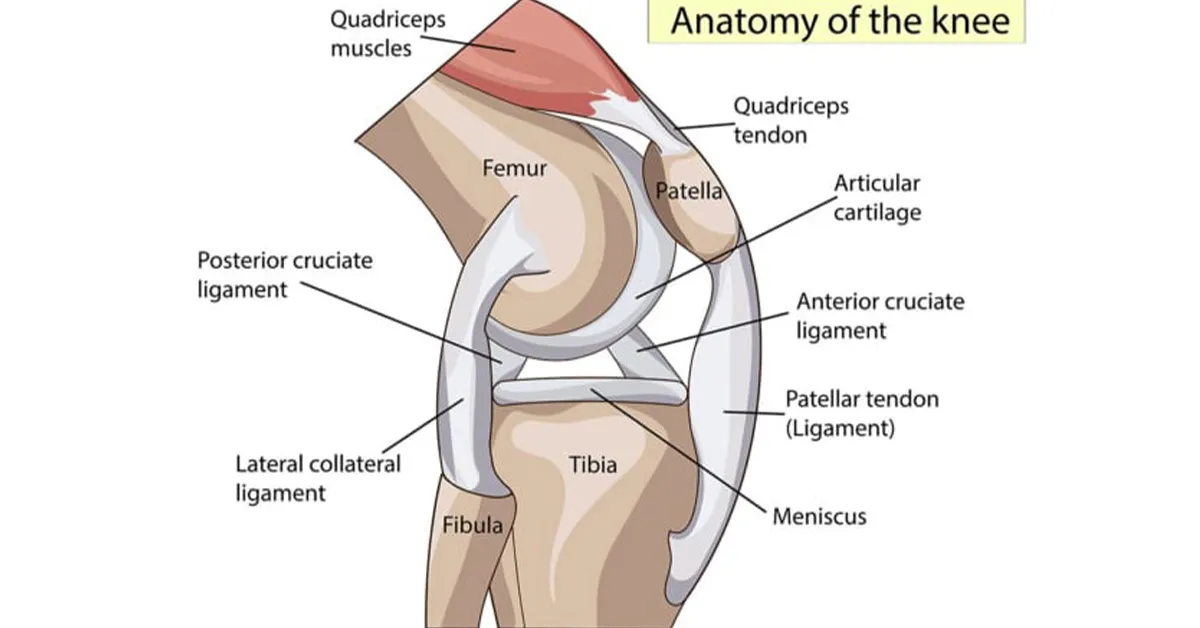The most important muscle used for your breathing is the Diaphragm.
The diaphragm is a strong flat, muscle which is attached to the lower edges of the ribs. It separates the chest from the gut. It is shaped like the dome of an umbrella when relaxed.
As you breathe IN it contracts and moves downwards drawing air into your lungs. This causes your tummy to move gently and rise.
As you breathe OUT the diaphragm moves upwards, expelling the air from your lungs and your tummy gently fall.
You can feel the movement on your tummy with your hand but as the diaphragm is all around you mid body you can also feel a slight flaring of your ribs with the upper chest remaining relaxed.
It is only during increased activity that the upper chest opens up to draw in extra air that it needs.
Should I breathe through my nose or my mouth?
Your nose is a specialist organ which warms, moistens and filters the air you breathe as well as having some other biological effects. It is okay to breathe through your mouth when the demand increases such as when you are exercising, but you can use this too soon.
How slowly should I breathe?
At rest you should only be taking between 8-12 breaths in a minute. If you breathe in for a count of 4-5 and out slowly for a count of 4-5 then you are less likely to overbreathe.
How do I practise a ‘Good Breathing’ technique?
- Lie comfortably on your back with a pillow under your head and knees. Place one hand on your stomach, with the other hand on your chest.
- Gently close your mouth, lips together and keep your jaw loose.
- Breathe in gently through your nose, feeling your tummy rise. Breathing should be unforced and silent.
- Breathe out lightly through your nose if possible, without pushing, keeping your stomach relaxed.
- Make sure you relax and pause at the end of each breath out.
- When you inhale your upper chest should be relaxed and not moving. The only slight movement should be at your tummy.
- As you repeat this sequence be aware of any areas of tension in your body especially at the neck, shoulders and jaw and concentrate on ’letting go’.
You need to practise often – at least twice per day. As you progress to sitting positions this can be done regularly throughout your day.
What is this technique useful for?
- pain control
- reduce anxiety/stress responses
- exercise recovery
- patients with BPD, chronic hyperventilation or long Covid
- dizziness and vestibular disorders
This technique is not as easy as you may think and some people need some training and support, but it is safe to try for yourself. All physiotherapists may use it to help their patients but if you have a respiratory condition seeing one of Respiratory Physiotherapists specifically can help you to use it effectively in the management of your condition.
Find out more abut our respiratory physiotherapy services.
Book an appointment today.


